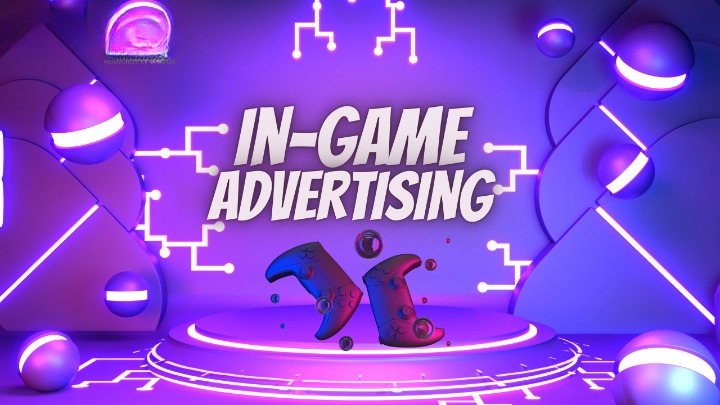Why You Should Invest in In-Game Advertising Introduction In today’s rapidly evolving digital landscape, reaching and engaging your target audience requires innovative strategies. One such strategy that has gained significant
In-game advertising refers to the integration of advertisements within video games, offering several benefits for advertisers and game developers alike:
Overall, in-game advertising leverages the immersive and interactive nature of video games to create engaging and effective advertising opportunities.


Why You Should Invest in In-Game Advertising Introduction In today’s rapidly evolving digital landscape, reaching and engaging your target audience requires innovative strategies. One such strategy that has gained significant

What Is In-Game Advertising and How Does It Work? Introduction to In-Game Advertising In-game advertising (IGA) refers to the integration of advertisements within video games. As gaming has become a